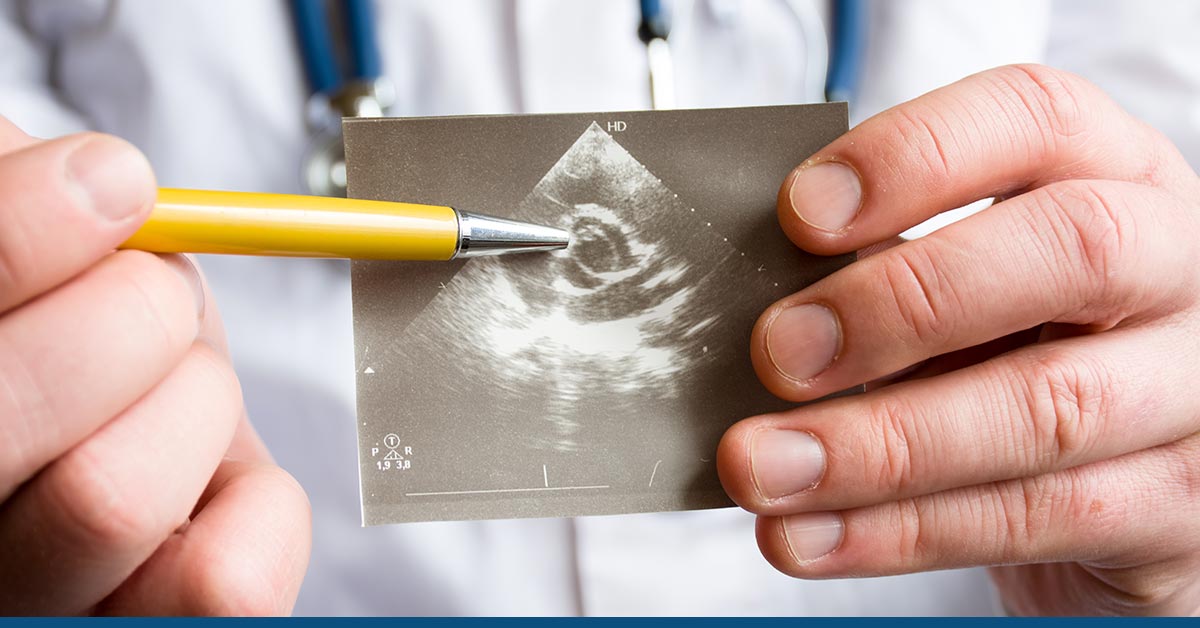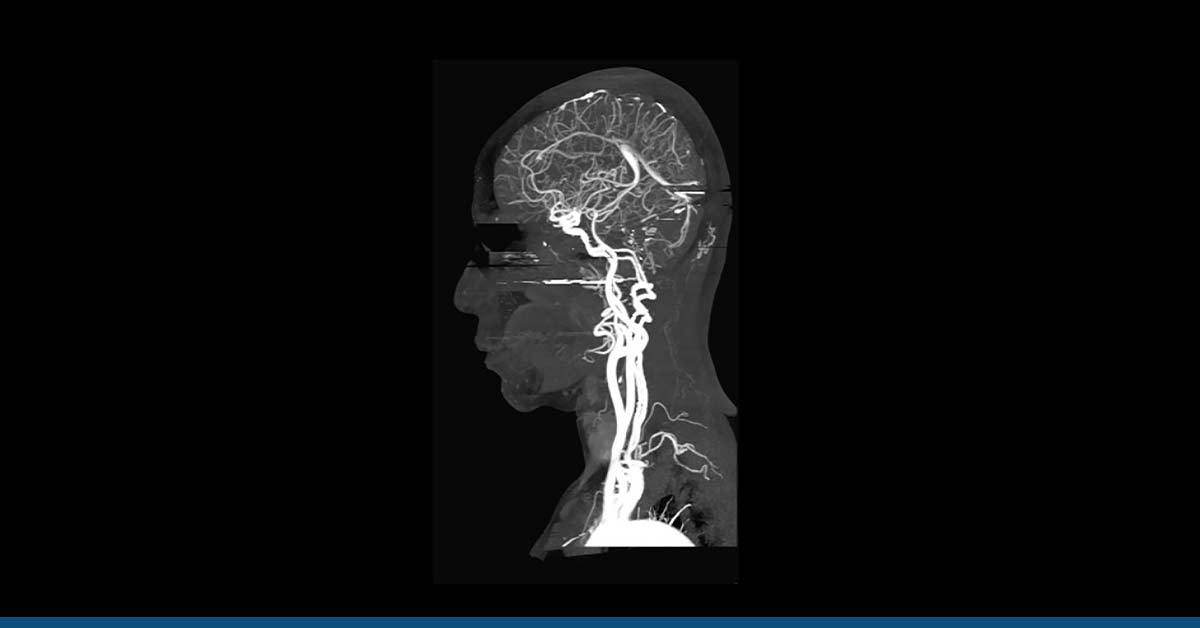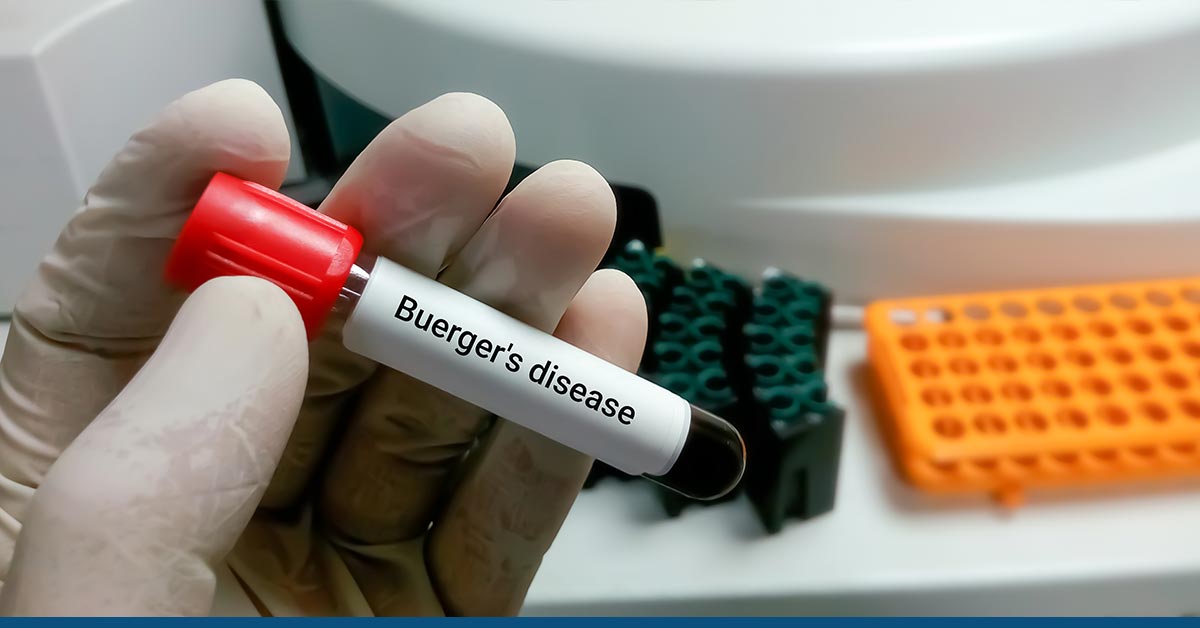During heart failure, the heart cannot pump blood efficiently enough to meet the body’s metabolic demands.
In the early stages of heart failure, a decrease in cardiac output triggers a cascade of structural and functional changes in the heart’s tissues that increase cardiac output.
These modifications occur to compensate for the decreased output of the heart. This is termed compensated heart failure. Initially, these modifications improve the heart’s performance, but with time they render it incapable of maintaining the desired cardiac output. This results in severe cardiac failure.
In compensated heart failure, there are no or very few symptoms. During the decompensated stage, the patient begins to experience symptoms.
This is the key distinction between compensated and decompensated heart failure. Compensated heart failure is how the heart makes up for the problems so that you might not even notice a problem.
This post discusses compensated heart failure and everything you need to know about compensatory mechanisms in heart failure. So, continue reading to get a deeper understanding of the heart.
Table of Contents
ToggleCompensated Heart Failure
When the heart’s ability to pump blood decreases, the body adjusts so that organs and tissues farther from the heart receive adequate blood flow.
Other alterations include the expansion of the left ventricle and the creation of collateral circulation in ischemic heart disease.
The pulse rate also increases. Therefore, the heart’s ability to function is improved. Consequently, most clinical indications are masked, and the patient continues to exhibit few or none.
This stage of heart failure is referred to as compensated heart failure and occurs when the heart’s ability to pump blood decreases, yet the patient does not experience any symptoms.
During this stage, i.e., compensated heart failure, the heart undergoes structural and functional adaptations. These changes initiate a cycle of negative effects that worsen cardiac function.
When there is a simultaneous increase in muscle mass and hypertrophy of the left ventricle, the already-weak coronary circulation has difficulty delivering sufficient blood to the additional muscle mass. It is because the left ventricle has gotten excessively large.
Therefore, the situation exacerbates the ischemia damage to the myocardium. The stroke volume decreases when the heart rate increases because the ventricle does not have enough time to fill with blood due to a faster heartbeat. Consequently, the heart cannot pump as efficiently, leading to the decompensated stage of heart failure.
Patients with heart failure suffer a compensatory increase in blood volume, which increases ventricular preload and stroke volume. The blood volume in the body can increase for a variety of causes.
Compensatory Mechanisms in Heart Failure
When the heart is not functioning properly, there can be changes in the function of the blood arteries, the amount of blood in the body, and the way the brain and body feel.
These modifications serve as compensatory mechanisms in heart failure to maintain stable cardiac output and arterial blood pressure by systemic vasoconstriction. But these changes may lead the heart to function less efficiently over months and years.
Changing non-cardiac variables, such as arterial and venous pressures using diuretics and vasodilators, is one of the most effective means of treating chronic heart failure.
Changes in heart function are an indicator of heart failure. When these alterations are combined, cardiac output decreases. It results from a decrease in stroke volume, which may result from systolic dysfunction, diastolic dysfunction, or a mix of the two.
A loss of contractility causes systolic dysfunction. Loss of viable, contracting muscle can potentially result in systolic dysfunction in patients with acute myocardial infarction (attack). Diastolic dysfunction is a problem with the diastolic portions of the ventricle.
It occurs when the ventricle gets stiffer or less flexible. This hinders the ventricle’s ability to fill, resulting in diastolic dysfunction.
Less blood is expelled from the body when the ventricle is just half full—both systolic and diastolic dysfunction results in increased end-diastolic pressure in the ventricles. The increased pressure (a compensatory mechanism) compensates for the volume loss.
Some types of heart failure cause the ventricles to enlarge abnormally. This dilatation helps to maintain normal preload pressures by compensating for the disease-induced increase in filled volume.
Another compensation is through the nervous system. During heart failure, the body’s feedback systems seek to maintain normal arterial pressure by restricting vascular resistance arteries.
This is performed by stimulating the adrenergic nerve system to raise systemic vascular resistance. It compensates for heart failure’s diminished ability to pump blood. The veins themselves are compressed to raise the local pressure.
Cardio stimulants, including beta-agonists, increase heart rate and contractility. Vasodilator medicines, which decrease ventricular afterload and increase stroke volume, are another therapy used to enhance cardiac function in patients with heart failure.
Symptoms and Management of Compensated Heart Failure
The patient has no apparent symptoms or only very slight ones. These include grade I dyspnea, shortness of breath, edema, and mild swelling in the ankles.
Although the symptoms are stable; however, untreated compensated heart failure worsens; therefore, you need to visit a physician immediately.
In treating compensated heart failure, one of the most important things to do is to change one’s lifestyle, such as quitting smoking and drinking less alcohol, managing stress better, and engaging in regular physical activity.
On the other hand, pharmacological therapies and radiological and surgical therapeutic techniques are given higher priority to treat and manage decompensated heart failure.
Conclusion
After the initial decrease in the heart’s capacity to pump blood throughout the body, several different compensating systems become active. This stage is known as compensated heart failure.
If your left ventricle is not pumping blood efficiently, your heart may compensate by allowing it to fill with more blood before pumping. In a process known as dilation, the heart expands its volume, increasing its ability to pump blood from the body.
People with compensated heart failure typically have stable symptoms, such as shortness of breath and edema. However, sometimes patients with the illness do not exhibit these symptoms. Nevertheless, timely treatment or management is crucial to avoid the worst consequences associated with heart failure.
One of the most important approaches is getting routine screening as it detects the diseases or any underlying issues in the early stages when treatment is easy. Screening for heart disease lets physicians determine if a patient exhibits early signs of heart or blood vessel illness.
You may exhibit no symptoms or signs of illness. After early identification, treatment, and management of the illness, a favorable outcome is achievable. All of these measures reduce the likelihood of significant problems.
The HG Analytics screening program comprises various diagnostic procedures that allow us to detect potential heart problems before they manifest symptoms.
This screening program aims to reduce the likelihood of developing heart disease and the syndrome that causes sudden deaths.
You will receive a thorough report detailing your results and any recommendations for additional testing or treatment that may be required. So, book your consultation now.





